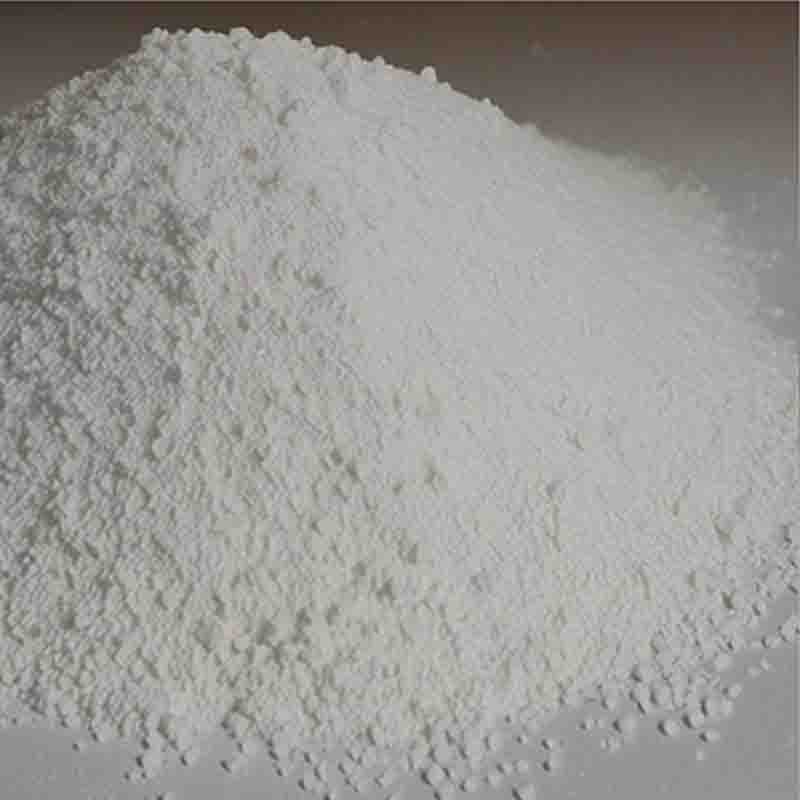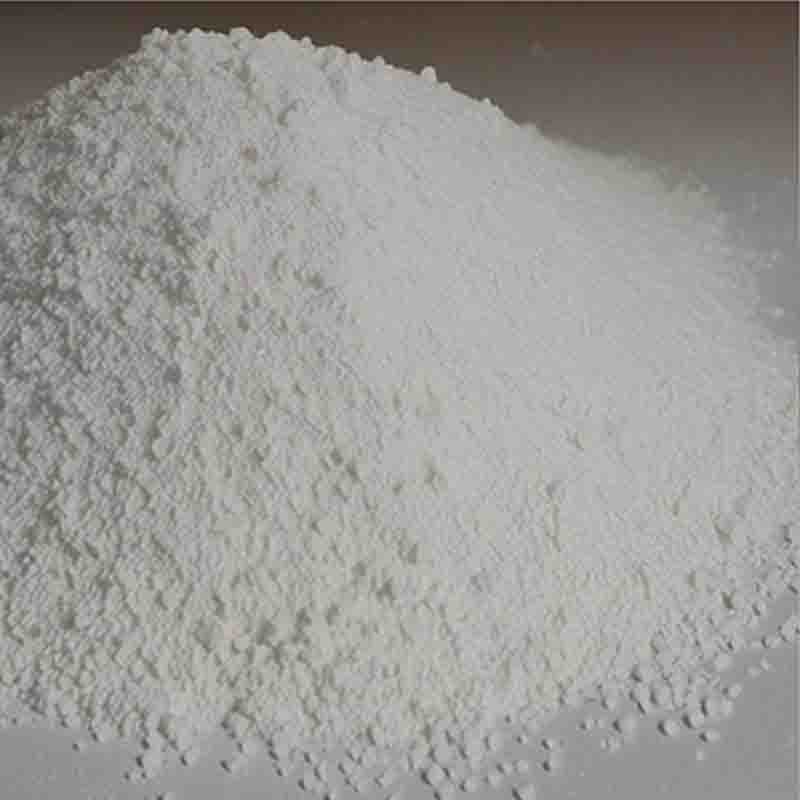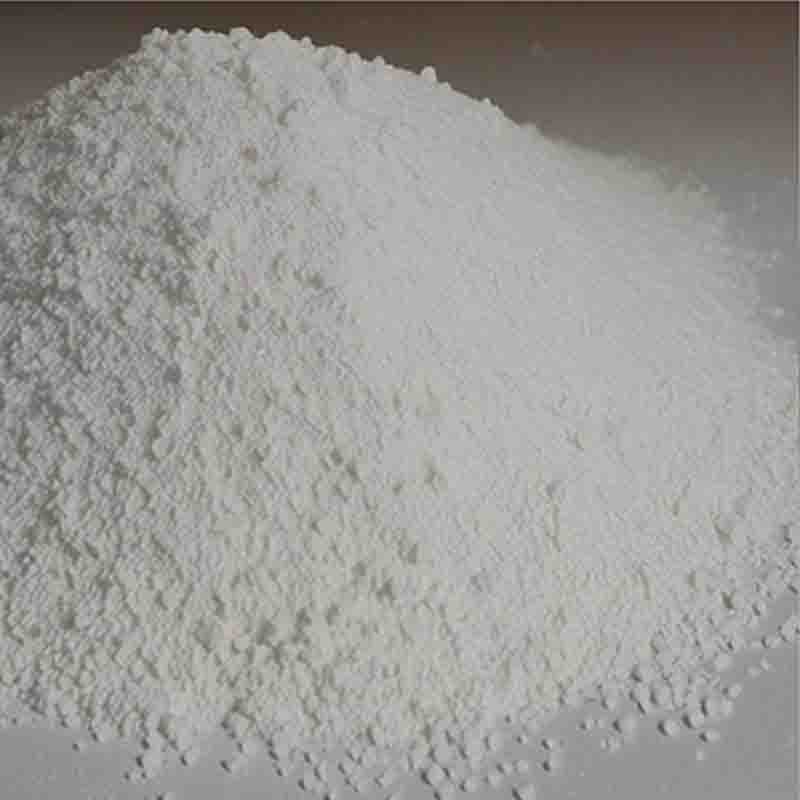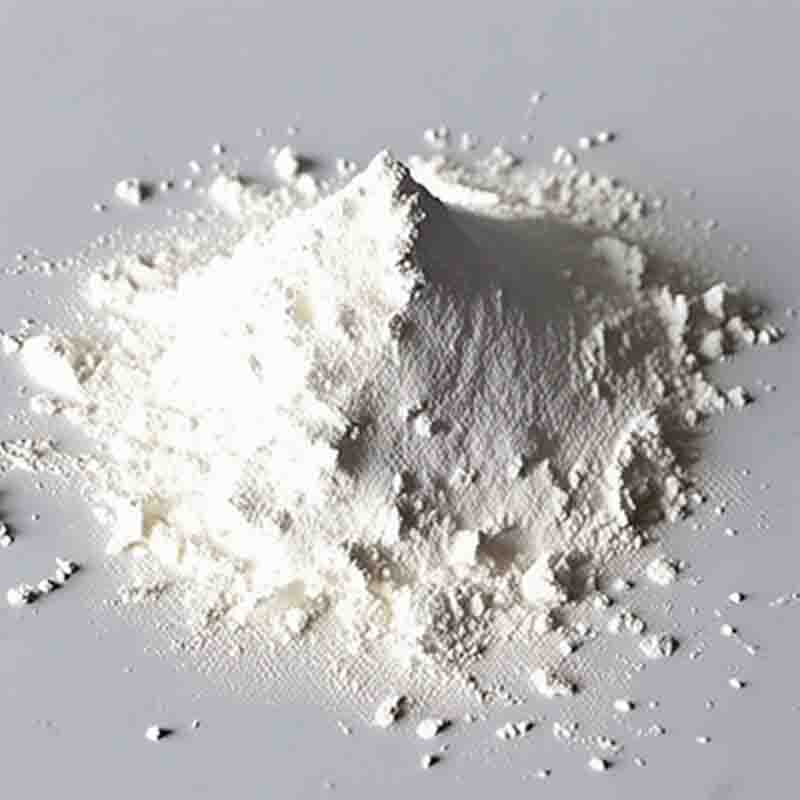(2-METHOXY-1-NAPHTHYL)BORONICACID CAS:104116-17-8
| Catalog Number | XD96073 |
| Product Name | (2-METHOXY-1-NAPHTHYL)BORONICACID |
| CAS | 104116-17-8 |
| Molecular Formula | C11H11BO3 |
| Molecular Weight | 202.01 |
| Storage Details | Ambient |
Product Specification
| Appearance | White powder |
| Assay | 99% min |
(2-Methoxy-1-naphthyl)boronic acid, also known as naphthylboronic acid, is a compound that has been studied for its potential effects in various applications. Here are some notable effects and applications of (2-Methoxy-1-naphthyl)boronic acid:One significant application of (2-Methoxy-1-naphthyl)boronic acid is in organic synthesis. Boronic acids are versatile building blocks in the creation of complex organic molecules. As a boronic acid, it can form stable complexes with various functional groups, enabling the synthesis of diverse organic compounds. This compound can undergo reactions such as Suzuki-Miyaura cross-coupling reactions, which can lead to the formation of new carbon-carbon or carbon-heteroatom bonds. Its unique structure, containing a naphthyl group and a boronic acid moiety, contributes to its reactivity and can be utilized in the development of organic synthesis strategies.Furthermore, (2-Methoxy-1-naphthyl)boronic acid has shown potential in medicinal chemistry. Boronic acids have been explored for their ability to inhibit specific protein targets through the formation of reversible complexes with their active sites. This property makes them valuable in the development of therapeutics for diseases such as cancer. By selectively targeting and inhibiting specific proteins involved in disease pathways, this compound has the potential to disrupt their function and contribute to the development of novel drugs.Additionally, (2-Methoxy-1-naphthyl)boronic acid has been investigated for its potential in materials science. Boronic acids have been used as building blocks for the synthesis of organic semiconductors, which are employed in electronic devices. The unique structure of this compound, with its naphthyl group and boronic acid functionality, can influence the electronic properties of these materials, such as charge transport and light emission. Thus, it can contribute to the development of organic field-effect transistors (OFETs), organic light-emitting diodes (OLEDs), and organic photovoltaics (OPVs).Furthermore, (2-Methoxy-1-naphthyl)boronic acid has shown promise in chemical sensing applications. The boronic acid group can selectively interact with certain analytes, forming reversible complexes. This property has been utilized in the development of sensors for the detection of specific analytes, such as saccharides. By incorporating this compound into suitable sensing platforms, including polymers or nanomaterials, highly sensitive and selective detection of target analytes can be achieved.In summary, (2-Methoxy-1-naphthyl)boronic acid exhibits various effects and potential applications in organic synthesis, medicinal chemistry, materials science, and chemical sensing. Its ability to form stable complexes with diverse functional groups, along with its unique structural features, makes it a valuable compound in these fields. Further research and exploration of this compound can uncover additional applications and optimize its potential effects.









